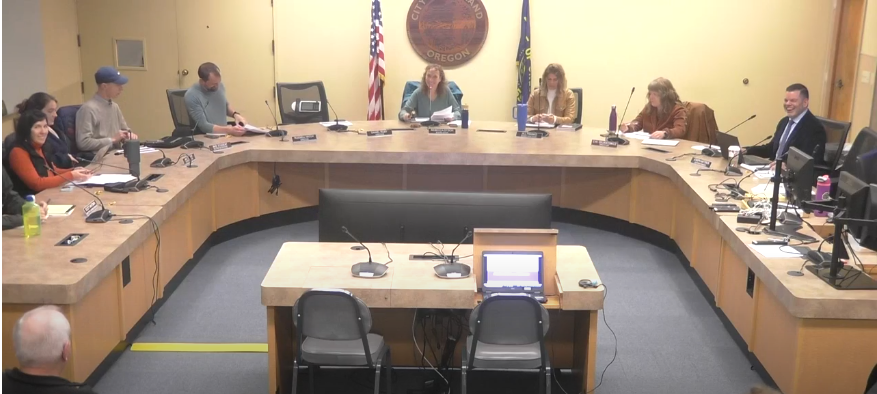Written by Ia Balbuena-Nedrow and James Edson
When you hear the word “rape,” what image often comes to mind? Maybe that of a victim being snatched off the sidewalk and thrown into the back of a big white van by an evil stranger. Amazingly there are close to 80,000 reports of rape are made in the US each year, yet the same time we are told that rape is one of the most under-reported crimes. The number of rapes that go unreported must therefore be astronomical, a very disturbing realization for anyone who thinks rape is committed solely by the psychopaths we hear about through the media. This begs the question: why wouldn’t someone report such a terrible crime? What is causing victims to hold back?
The vast majority of rapists, as it turns out, are not violent psychopaths: in fact, most use as little violence as possible to achieve their goal. Only about seven percent of rapes are violent, as it turns out, and a mere 10 percent are committed by strangers. Most rapists are known people, friends or acquaintances, who are often trusted figures. One in five American Women have reported to have been raped in their lifetime. Do you see what’s wrong with this picture?
The idea that rape is committed by violent strangers is simply not true; however it seems to remain the dominant definition of sexual assault in our society. Myths like rape only happens to young, attractive women, everyone knows that when a woman says no, she really mean yes, or she didn’t get hurt fighting back so it wasn’t rape, all contribute to the collection of misconceptions that we call “rape culture.” Rape culture is a systematic way of thinking that makes it easy for offenders to get away. This way of thinking permeates our daily lives whether we would like it to or not, through television, news, movies, social networking, and other forms of mass media. If you think Ashland is a bubble of social civility in an ocean of crime, you are very mistaken. This crime is grossly misunderstood, and so is its impact at home.
However, there is progress. In 2013, the Ashland Police Department collaborated with Angela Fleischer to create a program called “You Have Options,” a sexual assault reporting program aimed at changing the way rape is reported in the justice department. Too often, authorities take the more traditional methods of reporting sexual assault, focusing more on the victim than on the offender. The program intends to reverse this method, eliminating the barriers to reporting caused by the old method and hoping to increase the reporting rate of sexual assault in Ashland. This more open approach to reporting is intended to increase trust in law enforcement about sexual assault, identify serial offenders in the area, and ultimately prosecute the offenders if the victim finds it necessary.
The key word in the program, however, is “options.” There are three options for reporting: information only, partial investigation, or full investigation, which could very likely lead to an arrest and subsequent jail time. The victim is also given the option to remain anonymous in the report, giving as little or as much information as they feel comfortable disclosing, and even to have control over the investigation itself. Ashland is lucky to have this program, as not many police departments foster this kind of openness with the public with regard to sexual assault.
However, the problem with reporting does not necessarily lie in law enforcement itself. People are often confused when it comes to defining the term “rape,” and subsequently do not recognize it when it occurs. As high schoolers, we are especially susceptible to these kinds of misunderstandings. To clarify, here is a list of terms that will help you to understand the issue and identify rape.
Affirmative Consent
Affirmative Consent is defined as “saying yes to sex either verbally or with very clearly enthusiastic actions.” If your partner looks uncomfortable with what you are proposing, or if you are attempting to perform an action on your partner that he or she is not complying with, you are sexually assaulting or raping them.
Instrumental Violence
“The use of only as much violence or force as they need to achieve what they want.” When a perpetrator chooses a victim, there is a good chance they are going to have to put up a fight to achieve what they want. Every horrific occurrence of rape is different; some victims may fight like hell, while others may feel so threatened for their life that they comply.
Coercion
Coercion is the act of persuading someone to do something by using force or threats. Phrases such as “If you don’t (insert unwanted sexual act here) I will (insert immoral threat here)” classify as coercion.
Offender-focused
Too often, a victim is asked, “What did you do to get yourself raped?” Offender-focused means that rather than focusing on how the victim could have “prevented” the situation, investigators research why and how perpetrators choose their victims.
Objectification
Objectification is a very relevant issue in the modern world. It is defined as “seeing and/or treating a person, especially a woman, as an object disposable to one’s use.” One of the most prominent examples of objectification is marketing. In the media and marketing world, women are horribly objectified. Ask yourself this: how many advertisements for perfume posed by nearly naked women have you seen? Probably enough to last a few lifetimes, right?
Rape Culture
“A concept that examines a culture in which rape is pervasive and normalized due to societal attitudes about gender and sexuality.” Rape culture, unfortunately, is the culture currently established in the world. Another definition that branches from rape culture is perseverance culture; the “if at first you don’t succeed, try again” mindset it deeply implanted. A large number of males may be told “no”, but what they really hear is “convince me.” Just remember this simple motto: no means no.
I.P.V
I.P.V, otherwise known as Intimate Partner Violence, or domestic violence, is the abuse of one partner in an intimate relationship by the other. In recent national violence studies, it was discovered that up to 70% of of women in an intimate relationship have experienced physical and/ or sexual violence by their intimate partner.
Healthy Relationship
A healthy relationship is between two people enthusiastically participating in a consensual relationship. This does not necessarily mean sex; this means knowing both you and your partner’s boundaries in the relationship. A healthy relationship has a lot of trust and cooperation.
Please use and spread this information to help eliminate sexual assault in your community.




